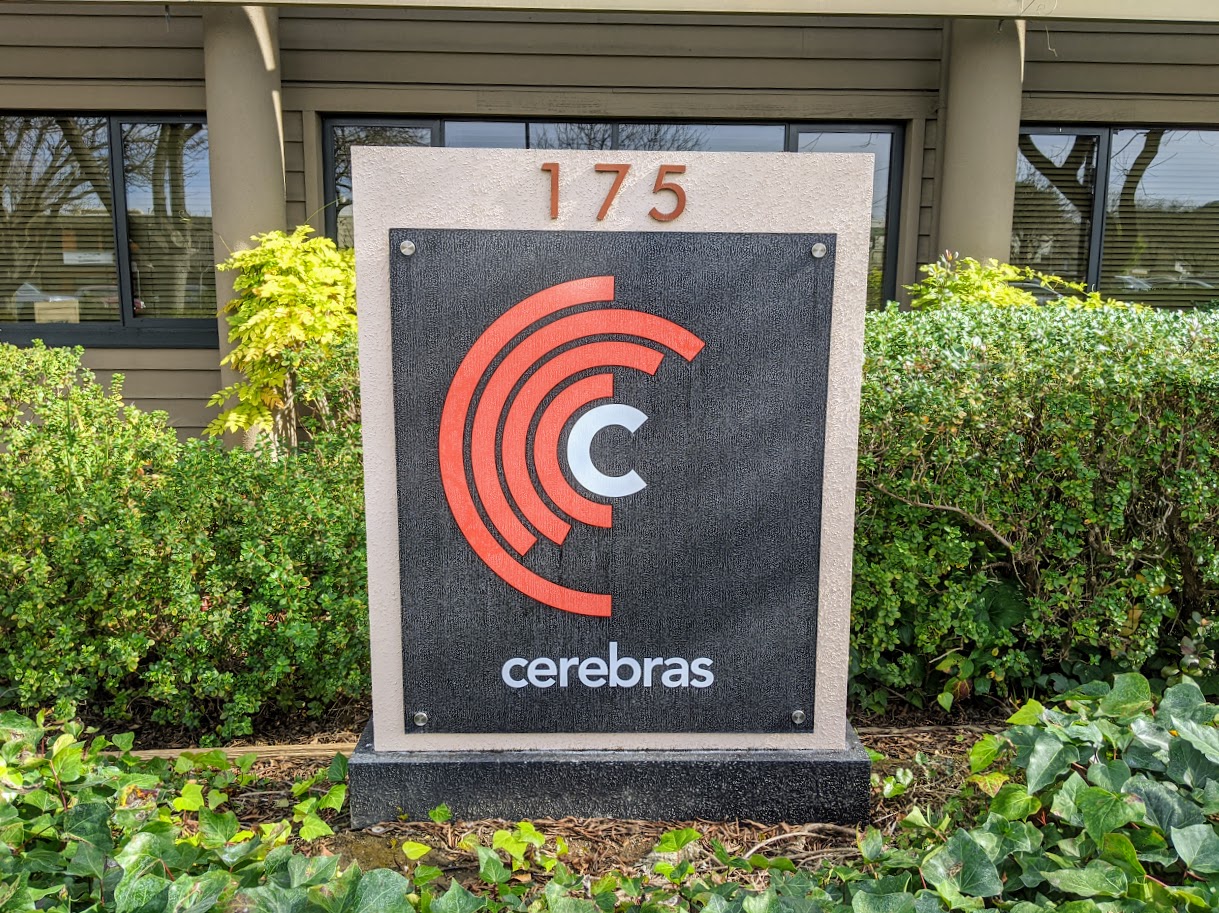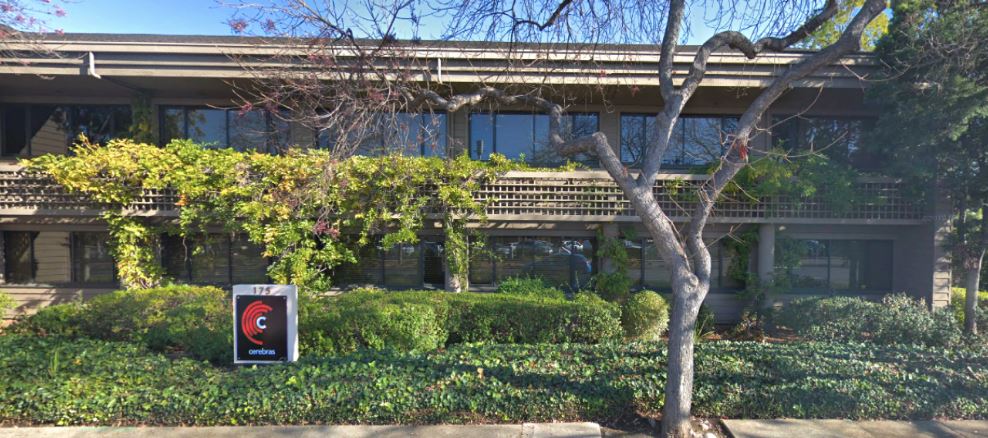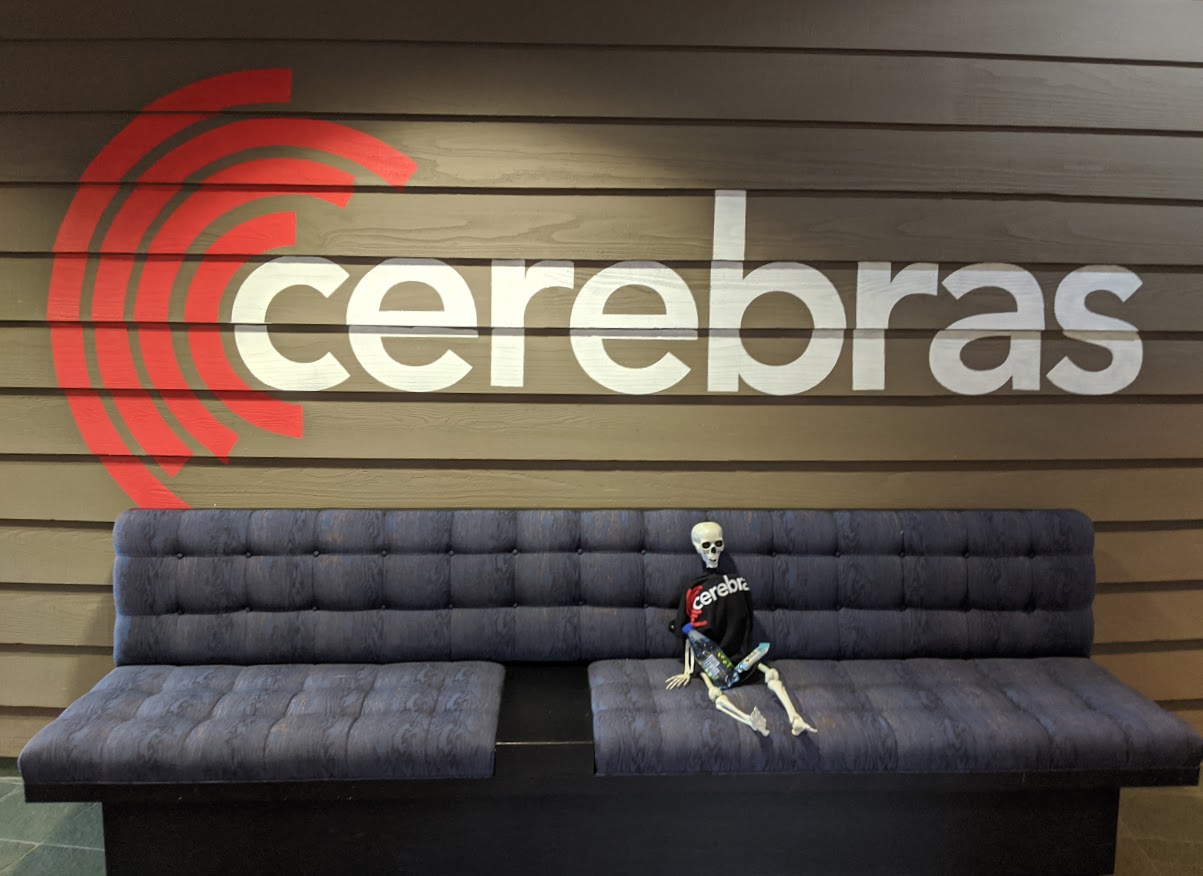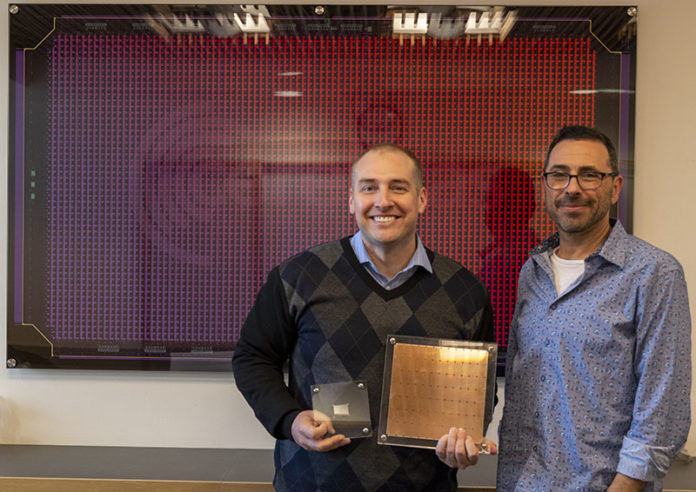Recently, I had the opportunity to visit Cerebras Systems headquarters in Los Altos, California. While there, I was able to sit down with Andrew Feldman, the company’s CEO. Regular STH readers may know the company from our Cerebras Wafer Scale Engine coverage at Hot Chips 31. The company builds AI chips that absolutely dwarf anything else on the market. It then sells them in custom systems it calls its CS-1 launched at SC19. Make no mistake, while other AI startups such as Graphcore and Habana Labs (acquired by Intel) and even Google with its TPU are focusing on NVIDIA Tesla-like form factors, Cerebras is doing something completely revolutionary. When the opportunity arose to take a quick jaunt down the street to interview Andrew who has startups such as Force10 (Dell) and SeaMicro (AMD) on his resume, I was hitting the reply button faster than clicks on a 1990’s Minesweeper speed run.
Since this is going to be a bit longer of a piece, we are going to split this up. The first page is the introduction and an outline of the longer interview. We are going to have a second page with the interview, and finally end on a third page with some final thoughts including impressions after visiting Cerebras’ lab. I know many people prefer single pages, but the interview was transcribed by our team from around 45 minutes of substantive audio recording. We are going to have folks that are interested in different portions of this piece and that was the best way to split it up.
An Introduction to the Interview
On a personal note, I actually lived in Los Altos for years. Although I am now in Mountain View, California, the town over, I still have plenty of family in town. When I visit my family, one of two routes I take on the fifteen-minute journey is via San Antonio Road, where Cerebras is headquartered. For years I have passed the offices of a company that is absolutely doing leading work in AI hardware without even knowing it.

If you look at Google’s new tent campus or NVIDIA’s deluxe new offices only a few minutes away, you would not think that the Cerebras was a legitimate competitor. Yet this is Silicon Valley. San Antonio Road leads to the northern part of an area that holds Intuit’s headquarters as well as Google’s, but for computer history buffs there is another significance to the sleepy street as it transitions to Mountain View. Shockley Semiconductor Laboratory, in 1956 was located at 391 San Antonio Road in Mountain View. It was the first silicon device research and manufacturing company in Silicon Valley. Decades later, Cerebras is doing revolutionary silicon device research and manufacturing only a few blocks down the road.

Walking into the lobby, there was no receptionist at this 200 person company. Instead, there was simply an iPad prepping you for the visit with an NDA. Of course, I signed the NDA with full anticipation from both parties that I would be disclosing this visit. Opposite the iPad, there was a skeleton sporting Cerebras merchandise ready to keep you company.

I was given a tour, of the space and then had the chance to sit down with Andrew. Andrew and I had never met previously and had no idea what the guy who runs the largest site focused on server, storage, and networking reviews was going to ask him.
We organized the interview into five main topic areas where this was the outline:
Overview
- Would you mind giving our readers a bit of background about yourself and your journey to Cerebras?
- How did you and the team start down the path of “what if we built a wafer-scale chip?” This is a revolutionary approach so how did that ideation through getting to the point where you thought it was feasible occur?
- What was it like pitching this to investors?
- How have your investors and advisors helped beyond just providing capital?
Cerebras WSE
- Can you give us a brief overview of the 1.2 Trillion transistor WSE with the assumption that they can read more detail online?
- What it was like the first time you had one that worked?
- Usually, first-generation designs make trade-offs to make the initial release. Where do you go from here?
- Cerebras has said that designing material to keep the ~1 million power delivery posts attached thereby solving thermal expansion challenges was a significant effort. Will that pose a significant challenge moving WSE to new process nodes?
Cerebras CS-1
- What were the top 3 hardest design challenges designing the CS-1?
- What do typical CS-1 deployments look like? Are customers buying one system, ten systems, more?
- Can we talk price? If not, can we talk percentage versus DGX-1 + Mellanox interconnects?
- What is the GTM strategy? Is this going to be selling boxes, or is Cerebras developing an as a service model?
Software and Applications
- What is the onboarding process like to CS-1 platform from a software standpoint?
- Are there certain domain areas (e.g. computer vision or NLP) that Cerebras is better equipped to handle than others? If so, what are those? If not, why?
- Are there certain domain areas that are not well suited to the CS-1, and why? For example, because they are too small.
- Are you seeing any pipeline challenge? A college student is likely developing on their NVIDIA GPU so they grow up with CUDA-based platforms. Is there a plan to focus on expanding developers?
- When are we going to see MLPerf results?
Final Thoughts
- You are part of a team that is advancing human capabilities through technology. What problem that you see today are you most hopeful that Cerebras can fix, and why?
On the next page, we have the entire interview. On the third page, we have a bit about the lab tour where I was allowed to take a single photo and a wrap-up of the discussion.





Can’t wait to be able to take one of these babies for a test drive on the cloud! I wonder how fast a BERT pre-training would take…
Great article. I have three transcription/typo errors you can correct:
We came up with four or five tenants, and one of them was, it should be purpose-built. => tenets: a principle or belief, especially one of the main principles of a religion or philosophy.
“the tenets of classical liberalism”
Often they are contractually committed to buy more than one at the start attending a proof of concept and acceptance. => attendant: occurring with or as a result of; accompanying.
“the sea and its attendant attractions” (although I admit that attending has a correct meaning for this sentence, but it is seldom used). … attendant a proof …
and at those were unparalleled => we’re
This is an superb interview! Kudos to ‘Serve the Home’ for pulling it together.
It highlights the elements that make American style innovation so effective, good engineers who know whom to rely on and financial intermediaries who understand the issues, yet are willing to trust the engineers.
Holy balls that’s properly poking the actual limits of what kind of computing humankind can currently achieve.
What kind of power can a single wafer pull? I would guess around 5-10kW? Does it require facility water cooling?